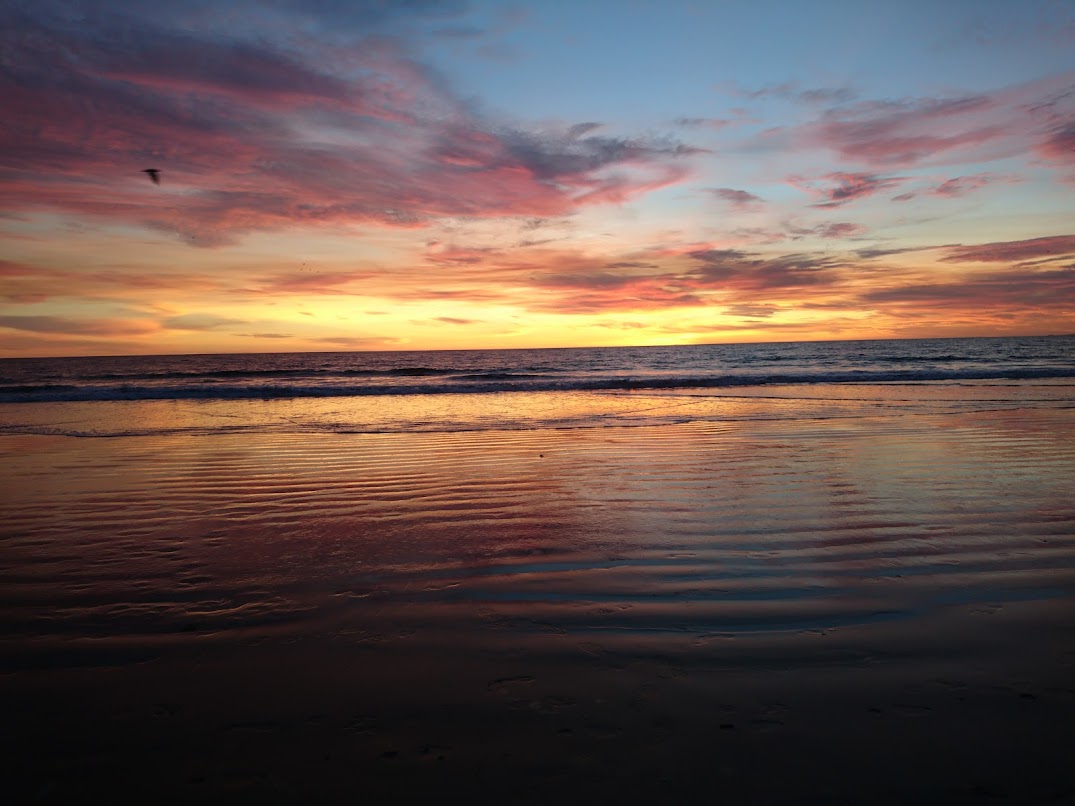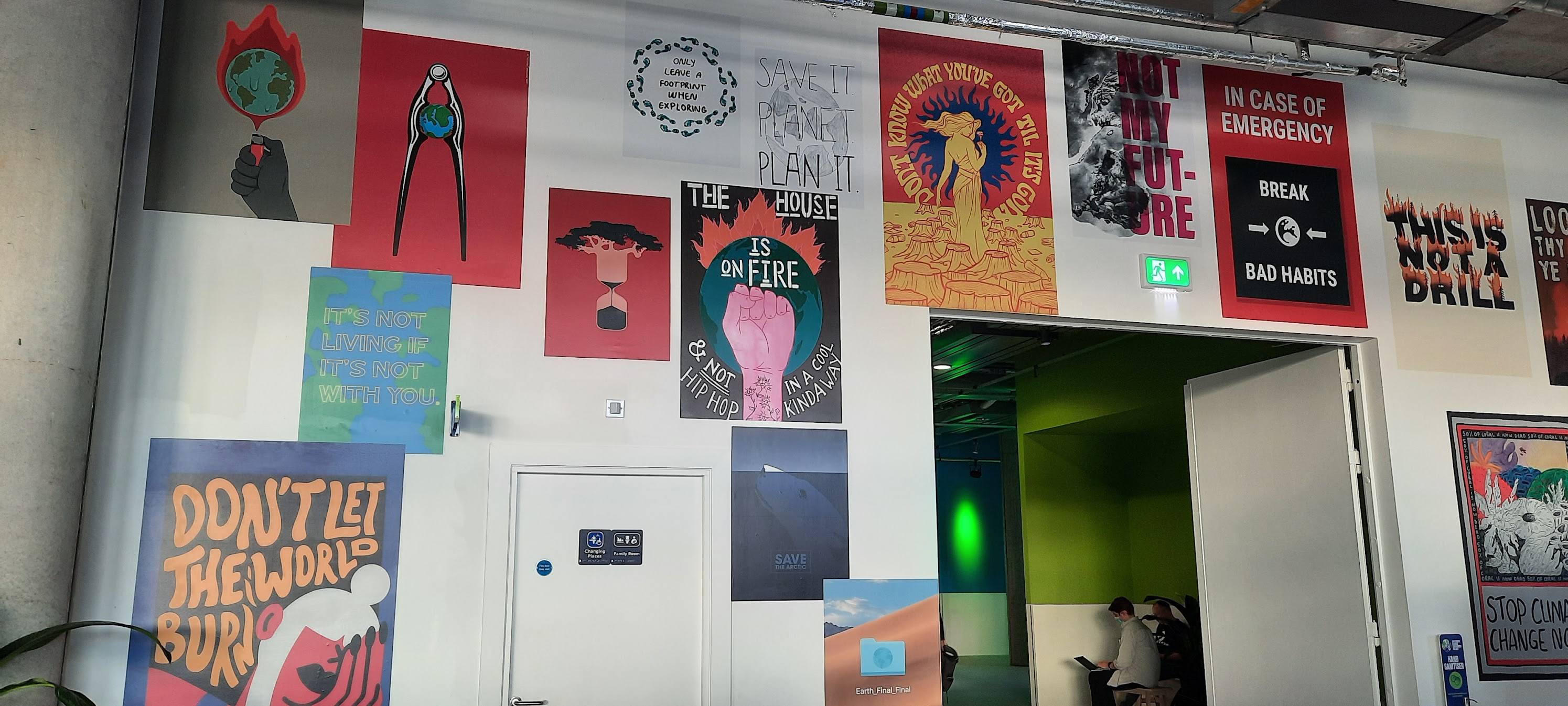I never thought I would find myself constantly making the point that the topic of my research is the ‘second most important thing’.
Carbon Dioxide Removal (CDR) is now necessary on top of strong emissions reductions in order to reach net zero emissions and keep warming at 1.5℃ above preindustrial levels – and it is increasingly likely that the same applies for 2℃. But for CDR to contribute at all meaningfully towards meeting warming targets, mitigating our emissions has to be the first step – the most important thing. And CDR, which is where my research path has taken me, is the second most important thing.
The method I focus on is ocean alkalinity enhancement, where the ocean is made more alkaline which increases its ability to absorb and store carbon. The theory behind it is quite solid, but there are still plenty of uncertainties. First of all, the unique biogeochemical, physical and geomorphological nature of different sites of deployment, and the nature of the models we have available to examine them, mean that it is difficult to tell how well ocean alkalinity enhancement will work in practice. Secondly, the ocean is dynamic and takes up to a year to re-equilibrate with the atmosphere – so it is very difficult to monitor, report and verify the success of any implemented ocean alkalinity enhancement. Thirdly, the ecological and environmental side-effects of implementation aren’t fully known.

So, we have an urgent situation (reaching net zero emissions), coupled with an uncertain solution. This means there are many ethical questions to be asked, pertaining both to CDR in general, and to ocean alkalinity enhancement. These questions are mostly not forefront in my research, but I think that as researchers we have the responsibility to be aware of the complexity of addressing them. Since arriving in the field of marine CDR just over a year ago, I have seen scientists (who are, after all, people) displaying a whole range of awareness: ranging from levels of introspection higher than I’d seen before while doing a PhD in sea level rise, climate change and carbon pathways, to a seemingly complete lack of awareness of the implications of some of their actions. It’s a strange place to be. I had never before attended talks that so carefully interrogated the role that our research plays in creating the future, and the responsibility we have to research accordingly. But in a world that doesn’t easily parse shades of grey, it’s intimidating trying to communicate insights from such a nuanced field to those who aren’t in it.

The main issue that we face is that our values aren’t consistent. Everyone (in this field at least) wants to stop climate change, but everyone has a different opinion on how to do it, and where our priorities should lie – so the road to success looks different to all of us. This isn’t a bad thing! It’s just important to examine how that impacts the research landscape we operate in, and to understand the position that puts us in as researchers when we want to communicate our science. To explore this further, I’m co-leading a workshop at the end of February that examines the different roles of researchers in the marine CDR space, and how our policy context, coupled with our own opinions about climate change and the role of marine CDR, impact our approach to communication in different contexts. Interested? I’ll be writing about what happens in the workshop, and what outcomes we reach, in next month’s post, so stay tuned!
Sandy
